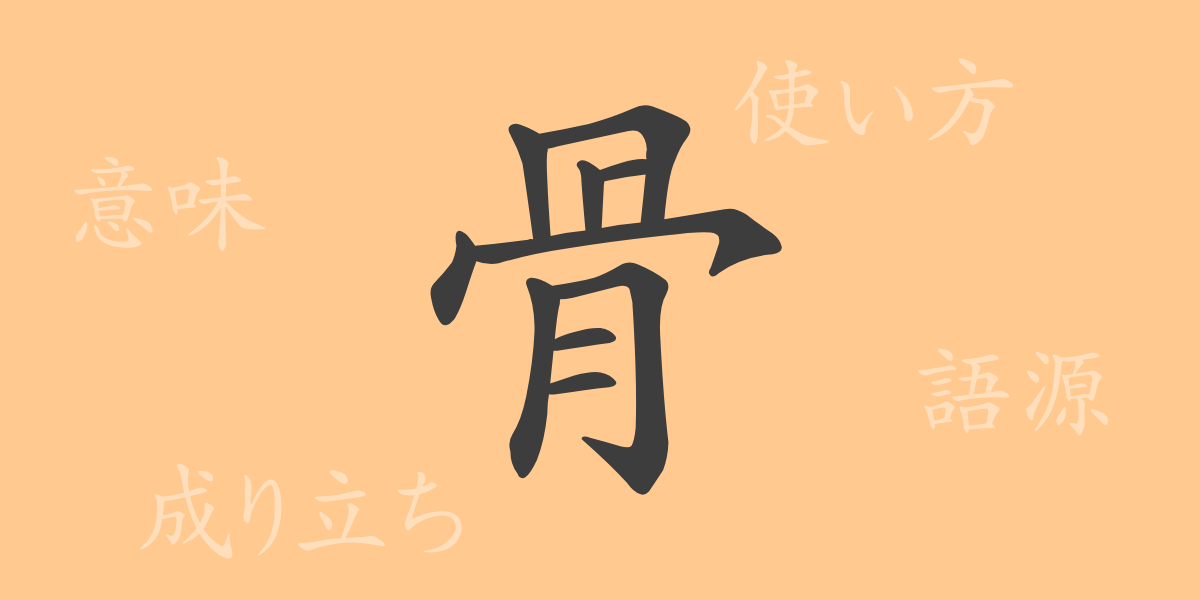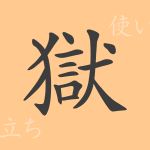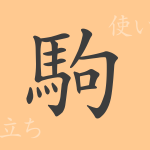The rich culture of Japanese writing features a vast array of kanji, each with its unique meaning and history. The kanji “骨” (ほね, hone) is frequently used in daily conversation and literature, deeply embedded in our lives. This article delves into the origins, meanings, and uses of “骨” (ほね, hone), exploring idioms and proverbs involving this character. Let’s explore the appeal of “骨” (ほね, hone) from various perspectives as one of Japan’s common kanji.
Origin of 骨(ほね, hone)
The kanji “骨” (ほね, hone) has long been used to refer to the skeleton or bone structure. Its origins trace back to ancient Chinese pictographs, evolving from images representing human bones. Over time, while its form has changed, its fundamental meaning has remained consistent, symbolizing the structural basis of the human body.
Meaning and Usage of 骨(ほね, hone)
Directly, “骨” (ほね, hone) refers to the hard structures that support the bodies of humans and animals. Figuratively, it is also used to mean “the fundamental part of something” or “the essential element of something.” For example, it can be used when discussing the “framework” of an organization or project.
Readings, Stroke Count, and Radical of 骨(ほね, hone)
The kanji “骨” (ほね, hone) has several readings.
- Readings: The on’yomi (音読み) is “コツ” (こつ, kotsu), and the kun’yomi (訓読み) is “ほね” (ほね, hone).
- Stroke count: The kanji “骨” (ほね, hone) has a total of 10 strokes.
- Radical: The radical of this kanji is “骨部” (こつぶ, kotsubu).
Idioms, Phrases, and Proverbs Using 骨(ほね, hone)
The kanji “骨” (ほね, hone) appears in various idioms, phrases, and proverbs. Here are a few examples:
- 「骨の折れる」(ほねのおれる, hone no oreru) – Something that requires a lot of effort and time.
- 「骨を埋める」(ほねをうずめる, hone o uzumeru) – To devote one’s entire life to something.
- 「背に腹はかえられぬ」(せにはらはかえられぬ, se ni hara wa kaerare nu) – When facing a critical situation, one cannot afford to care about other matters. “腹” (はら, hara) refers to the intestines, and “背” (せ, se) refers to the spine, symbolizing the internal organs and the backbone, respectively.
Conclusion on 骨(ほね, hone)
Through this article, we hope to deepen your understanding of the meanings embedded in the kanji “骨” (ほね, hone) and its wide range of uses in the Japanese language. Just as bones support our bodies, “骨” (ほね, hone) serves as a fundamental element in the world of words. Recognizing its presence in various contexts of daily life can help you appreciate the depth of the Japanese language.

























